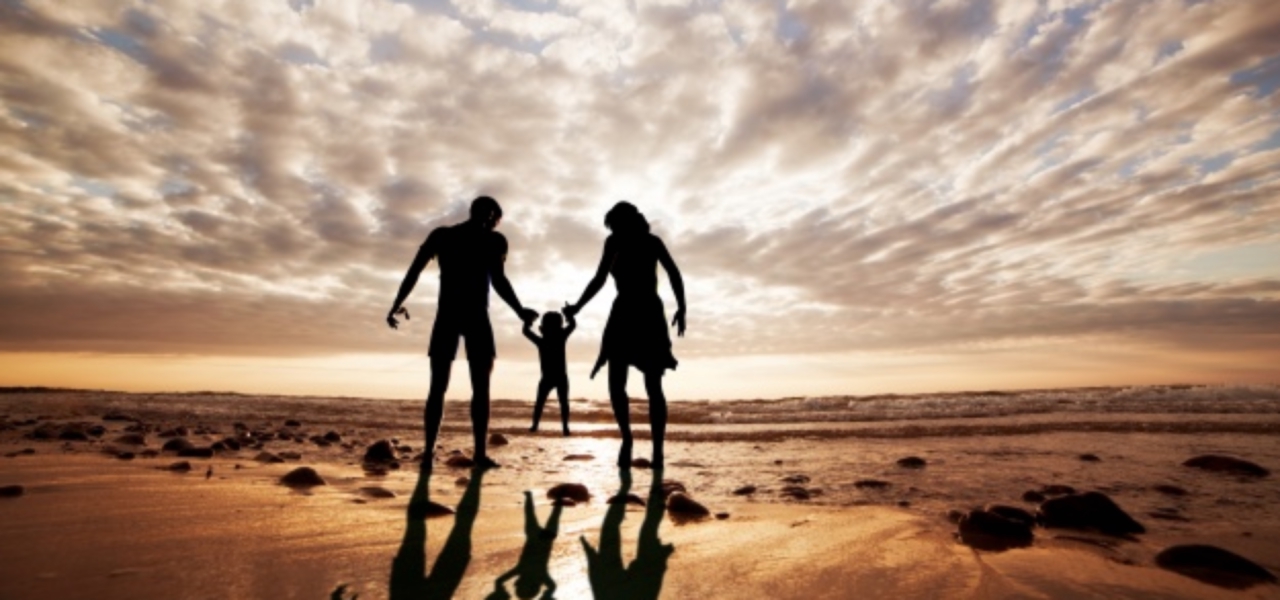
Many families head to the beach every year for a summer vacation. For many, a sun-filled day at the beach is the best kind of summer day and a great way to spend their family vacation.
A sure way to spoil a family beach vacation, however, is having someone get sick, or injured, or even die. While beach vacations are great, they are not without some risks.
See these 9 tips for a safe family beach vacation.
- Heed the local warnings
It’s important for people to understand that the wind generates waves. The higher the wind, the stronger the waves.
The typical flag-based warning system for sea beaches in Cyprus is:
- Red flag – dangerous conditions and you should stay very close to shore and be prepared to leave the water in an instant.
- Yellow flag – moderately dangerous conditions, but strong swimmers can venture out farther.
- Blue flag – mild sea conditions. It’s safe for all levels of swimmers.
- Alcohol and swimming or boating don’t mix
Nearly half of all catastrophic injuries – including drownings – involve alcohol consumption. Even small amounts of alcohol can impair your judgement, balance and coordination. The level of alcohol in a person’s body is higher when they’re not drinking plenty of water and they’re out in the sun – three factors that lead to dehydration.
Alcohol also reduces your body’s ability to stay warm, so if you fall off a boat into chilly water, you could have trouble maintaining your body warmth long enough for you to swim to safety or be rescued.
- Ask about wave conditions
It’s a great idea to ask the local lifeguard about wave conditions at the beach before you get in too deep. Rip currents account for more than 80% of rescues performed by beach lifeguards. They are powerful, channeled currents of water that flow away from the shore and the can quickly pull even very strong swimmers far out to sea.
- Real drowning doesn’t look like it does in the movies
Drowning is the second most common cause of accidental death in children (just behind car accidents), worldwide.
- Drowning people cannot wave for help – they’re naturally trying to keep their mouths above water and waving their arms would allow them to sink.
- Drowning people alternate sinking below the water and reappearing but they’re not above the water long enough to fully inhale or call out.
- Drowning people’s bodies remain upright in the water – usually with no evidence of a supporting kick.
Unless they’re rescued, drowning people can only struggle on the surface for 20-60 seconds before going under again.
- Go inside when you see lightning
When a storm rolls in, the beaches often close but if you’re traveling in an area with little beach oversight or maintenance, you may not be called in and told to get inside. Lightning strikes on beaches is extremely common and it’s the third deadliest threat for sunbathers and swimmers every year, worldwide.
- No diving until you know the depth
Never dive head first into the water – even if you know how deep it is because conditions under the water (like fallen rocks) could have changed since you were here last. Two thirds of all catastrophic neck injuries occur in open-water areas and not in swimming pools. The sand underwater is not soft and forgiving either – it’s hard-packed from the water pressure.
Always go feet first until you can scope out the underwater depth and conditions if you must dive, but feet-first is still the only safe way for you and the kids to enter the water.
- Look but don’t touch
On the beach and underwater there is lots of marine life to get a good look at when you’re swimming, snorkeling, even diving. Some marine life washes up on the beach, and when this happens it’s not a good idea to get too close or touch it. After all, you could hurt the creature, or it could hurt you. Don’t let curiosity get the better of you or the kids – look but don’t touch.
- Take frequent breaks
Exhaustion, sunburn, hypothermia, heat stroke and more are all common problems when spending time at the beach by the water all day long. Set your watch and take a short break every hour. Go to the restroom, drink some fresh water, have a light snack, re-apply sunscreen, all of those are vital to being comfortable after a long day of sun, sand, and salt water. Taking frequent breaks lets you see that everyone still has energy and feeling OK.
- Cloudy swimming pools are a no-no
Many beach-side vacation rentals, hotels, resorts and more also have swimming pools. Water quality in any swimming pool can be affected by biological toxins, like bacteria, and chemical toxicants, like chlorine.
Use these tips to know if the swimming pool is safe:
- Avoid pools that look cloudy. You should be able to see clearly to the bottom. It may not be 100% free of germs, but it’s an indication that the pool is being maintained.
- Avoid pools with slimy or sticky sides. It’s a sign that the water isn’t as clean as it should be.
- Always shower before getting in the pool and never let someone in the pool if they’re sick – especially if they have a stomach bug.
- Avoid getting the swimming pool water in your mouth and tell the kids not to swallow it.
